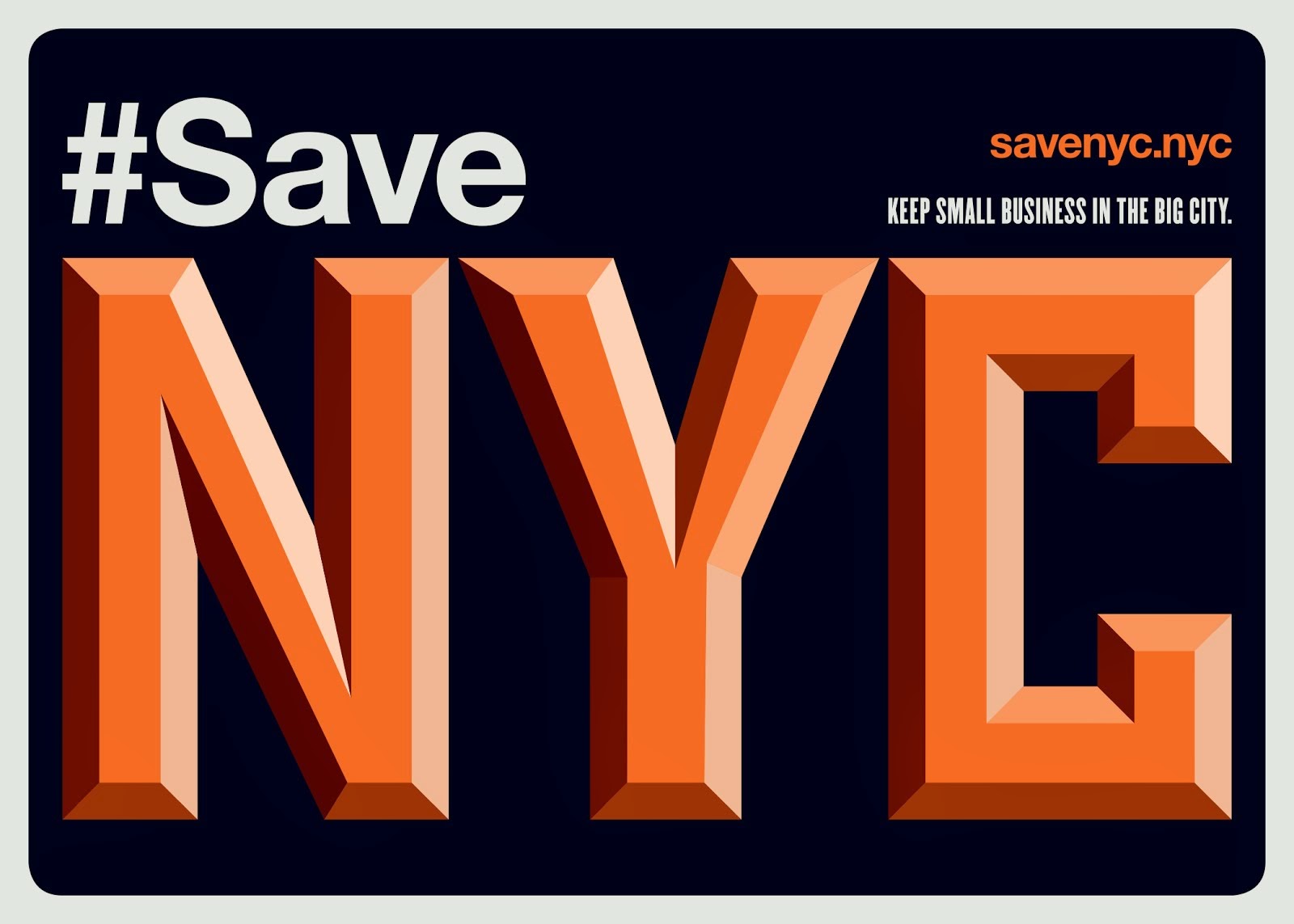If you're sick of the funerals, please join my Save New York Facebook page and consider these proposals for stopping the vanishing. We still have a lot to save before it's gone.
RIP:

2008
Gray's Papaya
On 8th Street, this was the second-to-last Gray's Papaya in the city. It did brisk business and was beloved. Death by rent hike. It will be replaced by a Liquiteria smoothie shop.
Milady's
81 years old, beloved by many, dead via rent hike.
Barnes & Noble flagship
Yes, part of a chain that helped destroy our local bookstores. Still, the place was old--since 1932--and now it will be a Banana Republic.
Rainbows & Triangles
In Chelsea since 1994. Could not afford the rent.
Camouflage
In Chelsea for 38 years, death by rent hike.
Famous Oyster Bar
In Midtown since 1959. The new landlord refused to renew their lease.

Rizzoli Bookstore on 57th
Beautiful building demolished against public outcry, to be developed into luxury tower. Rizzoli found a new space, not nearly as grand.
Manatus
Serving the Village, and especially the queer community, since the 1980s. Death by massive rent hike.
Olympic Diner and Jade Fountain Liquors
35 years old, death by development of Essex Crossing.
Antiques Garage
Since 1993, death by luxury redevelopment.
Archangel Antiques
After 21 years in the East Village, the rent was too high. They retired.
Lucky Cheng's
Could not survive their move to Midtown.
Pearl Paint
Building sold.

Bereket
Since 1995. Death by luxury development.
Bowlmor
76 years old. Death by luxury development.
Kim's
This was the last of Kim's local empire. Death by rent hike.
El Paso Restaurant
It was old. The cause of death is unknown.
Rodeo Bar
30 years old, could not afford the rent.
Chat N Chew
Since 1994, cause of death unknown.
Hair Box Barber Shop
A barber shop for 100 years, replaced by a frozen yogurt shop.
Subway Inn
Death by luxury development. Since 1937, evicted, forced to move despite petition and public outcry -- reopening elsewhere, but it won't ever be the same.

Marquet Cafe
22 years old, cause of death unknown.
3-Star Coffee Shop
It was old. The Health Department may have violated it out of existence.
John's Bakery
In Ditmas Park over 50 years, possible rent hike.
Video Gallery
In Park Slope many years.
Yaffa Cafe
After 32 years in the East Village, shuttered by the DOH and vanished.
Simone
After 15 years, followed Yaffa out of business.
El Quijote
Since 1930. Taken over by the new owner of the new luxury Chelsea Hotel, given a high-end, big-name chef. Still standing, but don't expect it to ever be the same again.
Shakespeare & Co. Bookstore
Death by massive rent hike. Is now a Foot Locker.

Smith's Bar & Restaurant
60 years old, cause of death unknown, possible resurrection coming.
Two Boots Bleecker St.
22 years old, lease renewal denied by new landlord.
Honest Boy Fruit Stand
Since 1980, parcel sold by MTA for luxury development.
Dance Manhattan
22 years old, landlord refused to renew their lease.
Grande Monuments
Since the 1940s, turning into a tattoo parlor.
Bruno Bakery
Since 1973, death by rent.
Galapagos Art Space
Can't afford the rent, moving to Detroit.
DeRobertis Pasticceria
110 years old, owners sold the building--cited lack of business, competition from Starbucks, and overwhelming costs from the city.

Bonnie Slotnick Cookbooks
15 years old, landlord denied to renew lease--Bonnie's working on a new lease elsewhere.
Sam Flax flagship
After 95 years, can't afford the rent.
Posman Books, Grand Central
15 years old, evicted by the MTA to make way for luxury development.
Complete Traveller Book Shop
After 36 years in business, death due to big rent hike.
Cafe Edison
After 34 years of serving Broadway, Hotel Edison owner Gerald Barad refused a new lease to the beloved business. An enormous outpouring of support, from community members and politicians, could not save the place. They hope to reopen elsewhere, but the Polish Tearoom--that delirious pink cathedral--is gone forever.
I am sure I am missing many, many lost businesses. Please add them in the comments. Also, if you see an error, please offer corrections in the comments.

Previous Years' Year-End Reports:
2007
2008
2009: Parts 1, 2, 3, 4
2010
2011: Parts 1, 2, 3, 4
2012
2013













































